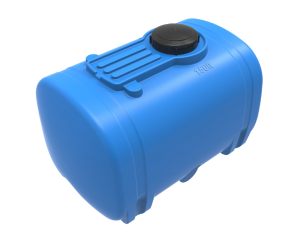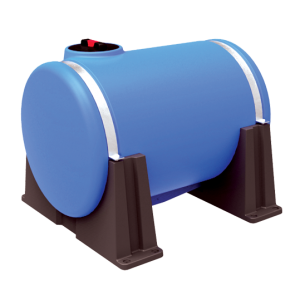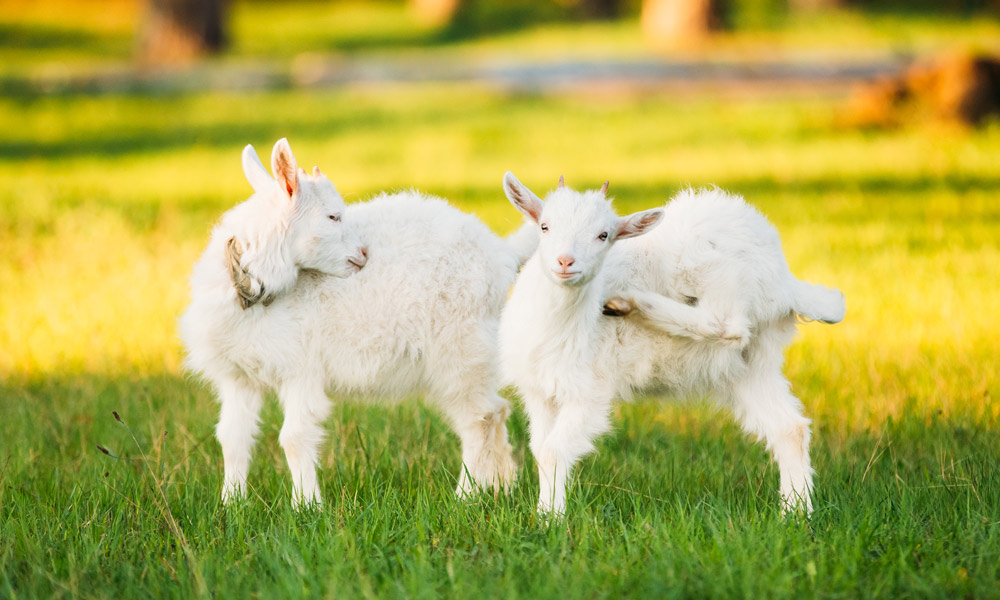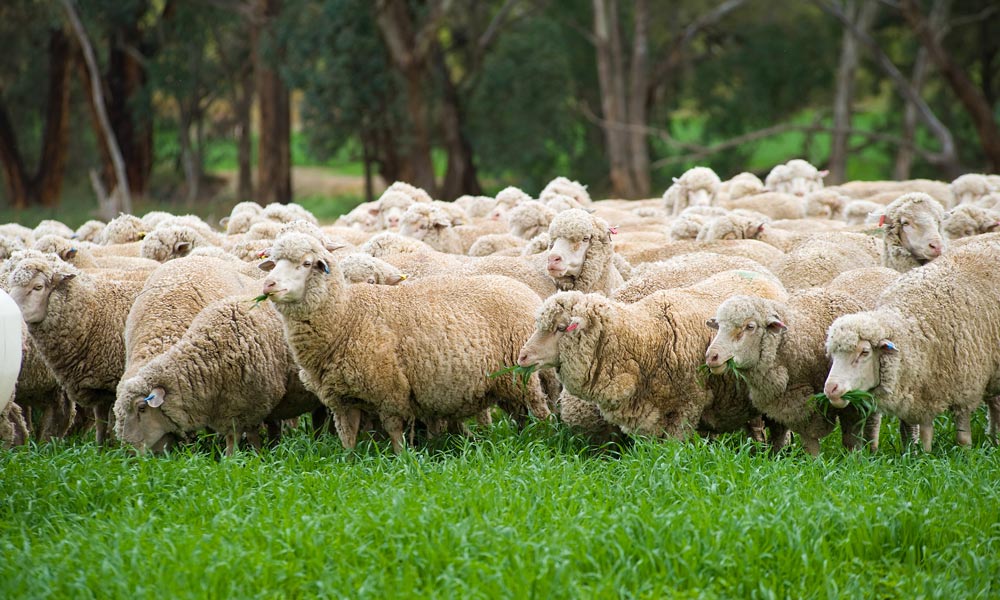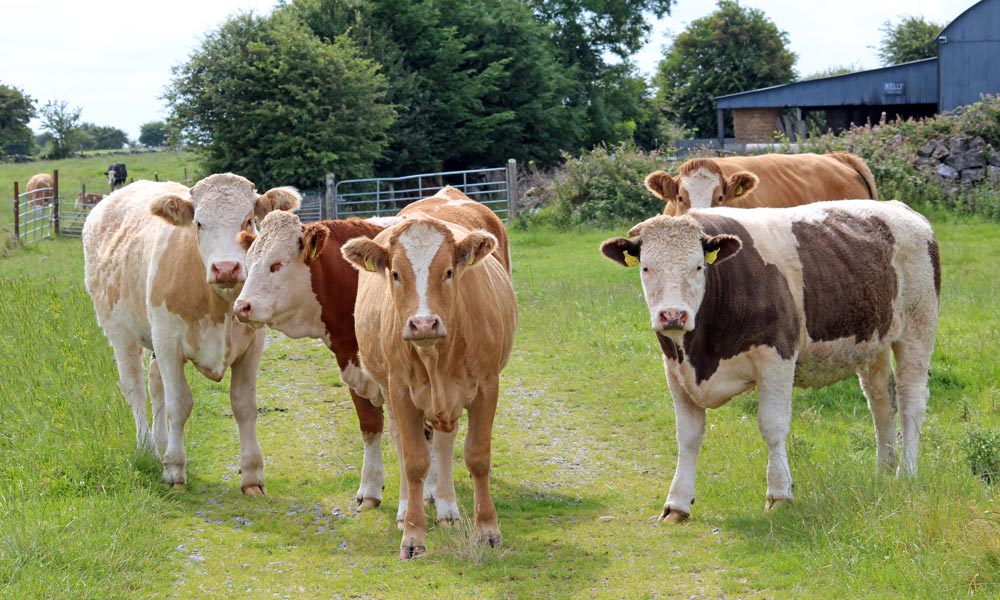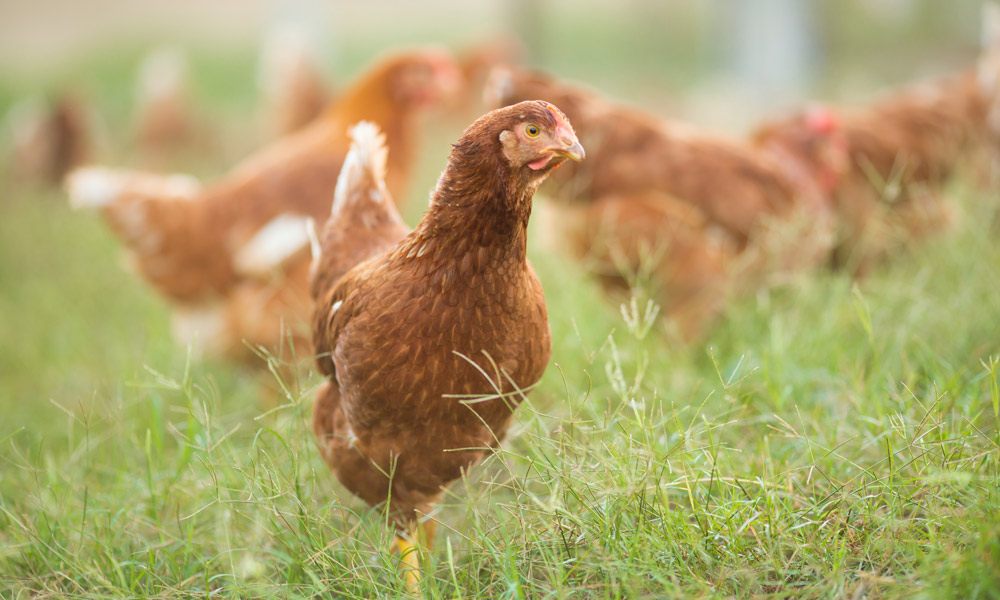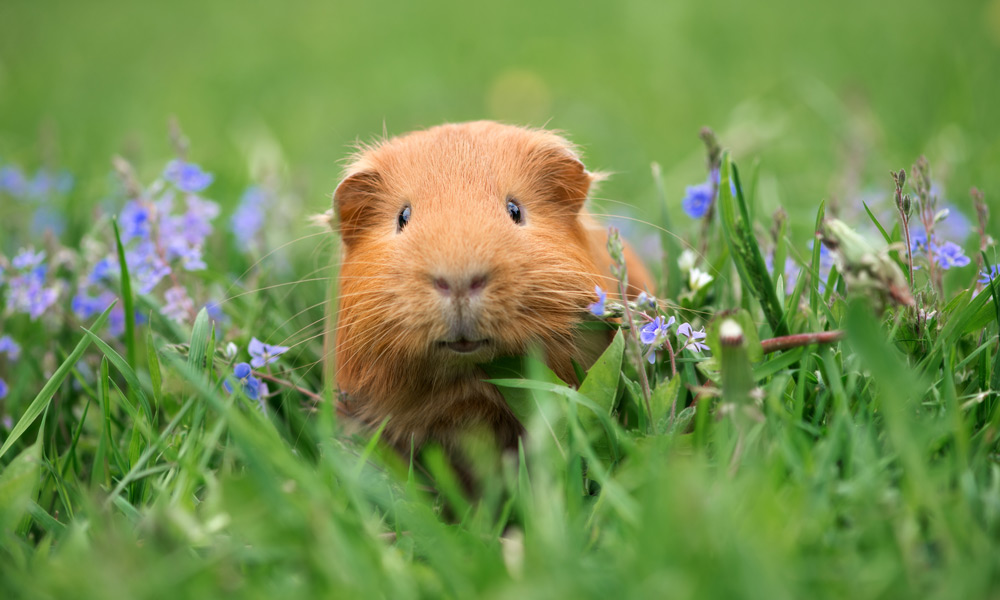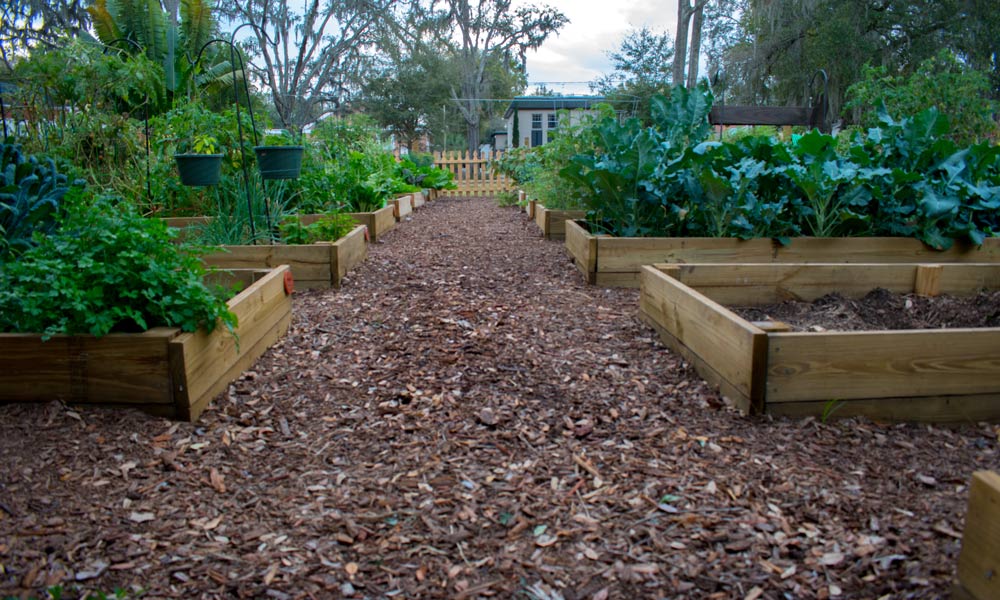Mini Holidays for Farmers
Everybody needs a break from work, especially farmers. Unfortunately, it can be difficult for Aussie farmers to get the support and helping hand that they need to take a well-deserved holiday.
But it is possible! And thanks to a little invention called aeroplanes, it’s easier than ever to take a holiday to a different state without spending days on the road.
Here are a few mini holidays for farmers:
Finding a farm sitter
Mind My Farm is an Australian initiative that assists farmers in finding qualified professionals to look after their farm while they take a mini break. This is especially helpful for farmers who don’t have family or friends to call upon to keep the livestock fed and produce watered and nourished while they’re away. On their website, you can browse potential candidates and rest assured your farm will be in good hands while you’re off enjoying yourself.
Perfect holiday destinations
Now that you’ve sorted out the technicalities, let’s get down to the fun stuff! Where should you go on your mini holiday?
Tasmania
Flights from major cities on the east coast to Tasmania can go for pretty cheap if you book ahead. Great for farmers situated a short drive from Melbourne, Sydney or Brisbane! And you won’t get much prettier scenery than the Tasmanian environment. Hire a car or campervan and explore the national parks, take a hike amongst the wildlife of Cradle Mountain, or visit romantic Wineglass Bay. Hobart is the perfect substitute to ‘the big smoke,’ as locals describe it as more like a large, friendly town than a capital city.
The flight to Hobart is only two hours from Sydney, three from Brisbane and Victorians can choose to take the Spirit of Tasmania across the Bass Straight from Melbourne if they want to take their car with them. Check out more things to do in beautiful Tasmania here.
Byron Bay & Surrounds
If you’re into organic food, lazing at the beach and home-made wares, then the Byron Bay area is for you! Get rid of those land-bound blues by treating yourself to accommodation right on the water and relax on a deck chair with a cold one as the sun sets. Now that’s living, Barry! The hinterland is a great place to explore, with towns like Bangalow and Mullumbimby offering up stores with unique wares and various interesting bric-a-brac. Byron is one of the most accessible mini holidays for farmers. Bring a good book, your crossword puzzles, and ditch the boots for your best flip-flops because the beach is waiting for you! Find out what else you can get up to (or places you can laze about at) around Byron Bay here.
Lamington National Park
Hankering for some peace and quiet away from the world? Camping in Lamington National Park is a great idea for couples, families or those flying solo! Choose from a range of campsites with varying degrees of remoteness. O’Reilly’s Rainforest Retreat is situated in the heart of Lamington National Park and offers a range of family-friendly activities including bird walks, glow worm experiences and flying fox adventures. For the grown-ups, the Canungra Valley Vineyards is just a short drive down the road and offers regular tastings. But how could we forget to mention the stunning nature walks around the area? If you want to go out ultimate bush, there’s a hike through Binna Burra that lasts for several days and will take you into true wilderness.
Looking for a budget-friendly option?
Making a livelihood off the land can be tough. There are so many things that are out of a farmer’s control, including the wage they take home at the end of the day, much of which gets put back into the farm. This can be stressful and is evidence as to why farmers need to fit in breaks away.
The good news is that there are ways that you can enjoy a holiday without breaking the bank. Rural Aid is a charity aiming to support Australian farmers experiencing difficulties. One of their programs focuses on encouraging mini holidays for farmers and assisting with the financial cost. Families and individuals choose to be ‘holiday hosts’ and offer up their homes and properties for farming families to use for a well-deserved break. Contact them here for enquiries.

